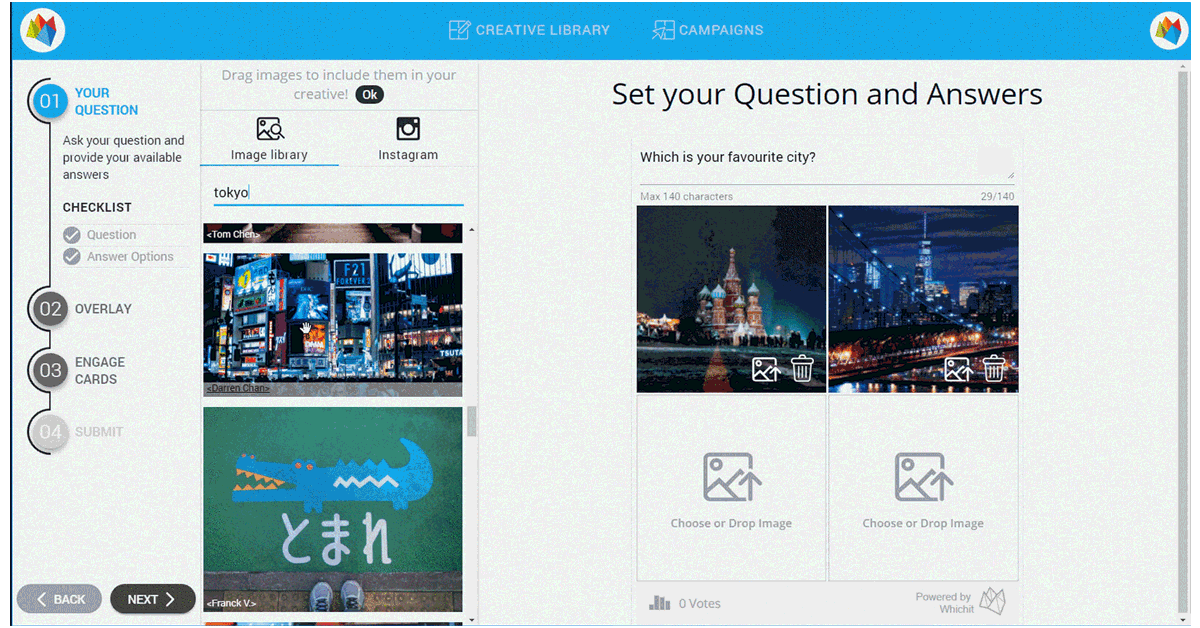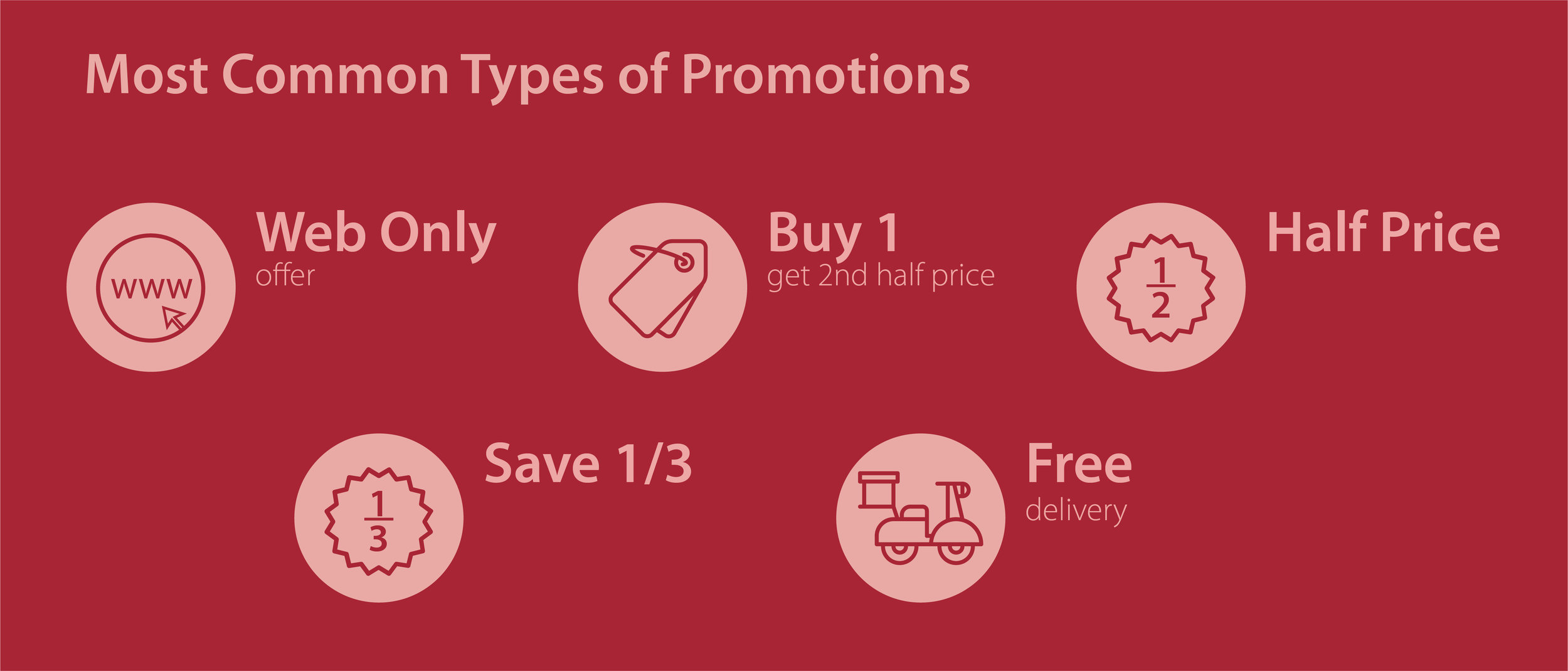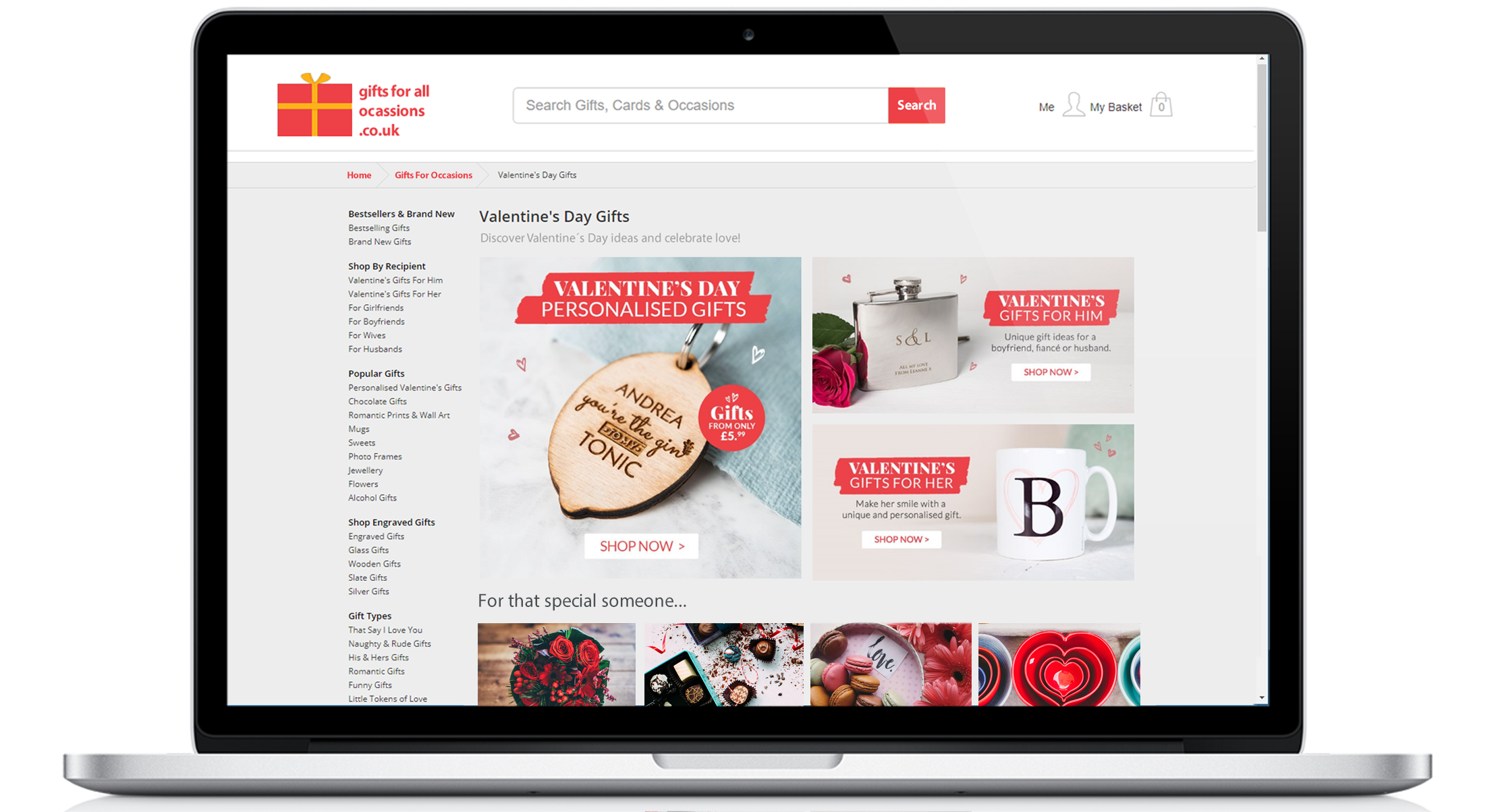Galit Gan
Co-founder & Creative Director
Here at Whichit, we believe that our user’s success, is our success. Since the launch of ‘Whichit for Advertisers’ platform in mid 2017, we've been working hard to make sure our customers continue to enjoy using the system. We wanted our user’s feedback to be at the heart of every new version we release, therefore the user-centric design approach means we understand our customer’s need and prioritise it.
User-centred design creates the opportunity for a business to design together with individuals who use the product or service they are offering enabling them to truly understand who their users are and what they need. By that, this design provides a common language for all types of users, no matter their profiles and characteristics.
Understanding our users
In our case, the product is a platform that gives marketers the ability to create interactive ad units that leave lasting impressions and generate high traffic volumes, in order to engage better with their audiences. To do so we needed to establish a common language for the diverse individuals that use our platform. These days, creating an ad unit requires expertise (design teams, web developers etc). Whichit for Advertisers’ concept is to make advertising easier and intuitive for everyone, not only for experts, and the platform’s user experience should support and reflect that.
“In the commercial world, it is common to make the mistake of prioritising business goals over those of the user. Our earlier product versions included as many proudly-developed features as we could, just so the users could ‘see everything we have to offer’. Taking out the guess-work and personal opinion was important for the new version. We’ve learned to analyze every touchpoint that our customers have with the product and matched their user-personas with their exact needs and goals. User-centred design should be implemented throughout the customer experience to make your product more efficient and satisfying, which eventually leads to increased sales and customer loyalty”
Whichit for Advertisers’ concept is to make advertising easier and intuitive for everyone, not only for experts, and the platform’s user experience should support and reflect that.
User-Centred Design by Whichit
Today, we are very proud to announce the launch of our new and improved ‘Whichit for Advertisers’ platform, which is based on understanding our users’ needs, tasks and journey. We have also included new features for them to create beautiful interactive commercial ads their audience can't resist.
Here are some examples of how we’ve implemented the user-centred design in our new version:
1. A Creation Guide:
We believe that anybody can create interactive ads and run campaigns without depending on a designer, so we've included a step by step guide, with a checklist of tasks, that need to be completed before moving to the next stage.
With 'Whichit for Advertisers' our users can create interactive commercial content in minutes.
2. New Features:
Polls and Surveys can be created in minutes with Whichit. We've made that process even easier by eliminated a number of steps in the creative process, by implementing new layout and tool bar when designing a post.
For example, users are now able to drag and drop an image from the library to the creative unit and apply a ‘drop shadow’ on the text overlaid on the image for each answer.
3. A commercial offer to support each user persona:
We identified four personas which all have different needs and goals when engaging with their audience. Those who:
Want to attract audiences to a website/landing page
Want to reward audiences with a coupon/offer
Want to collect emails and other 1st party data to keep in touch with audiences
Want to create memorable experiences for audiences and for them to share their post to social but are not interested in offering something in return.
By implementing a unified language all users can relate to, rather than overly technical marketing and advertising terms, they can easily select the best option to achieve their campaign goals.
'Whichit for Advertisers' offers our users four Engage Cards with different Call to Actions based on their goals.
4. Touchpoints with target audiences:
Whichit’s ad unit can be distributed across multiple online channels. Instead of listing all the options, we ask our users what their marketing campaign’s objectives are: Do they want to engage with audiences on social media channels? or would the like to attract audiences from a new target market? This ensures they only see the relevant types of campaign that match their objectives.
Our users can choose different campaign objectives that best suit their marketing goals.
5. A new and simplified user-flow:
Learning to use a new system is always challenging and time consuming. In the new version of ‘Whichit for Advertisers’ we’ve simplified the on-boarding process by only presenting features that are relevant to the user’s progress, keeping them informed about their progress at every stage. For example, a user will only be able to navigate through to advanced functions after completing the basics, as getting their too early may cause confusion.
Elliott Saray, Senior Developer at Whichit says that alongside a series of technical improvements, the new version of the SaaS platform also boasts a myriad of user experience enhancements.’. He adds that having completely redesigned the ad creation process based on user feedback and analysis, our users will now find an easy-to-use, unified design language carefully crafted by the Whichit Team.
“The simply and intuitively designed system takes matters of user experience into utmost consideration, allowing our users to create and distribute interactive commercial content at an even quicker pace than before by following a simpler journey.”
Thank you for reading! We hope you enjoy the new and improved ‘Whichit for Advertisers’!
About the company:
This web-based tool makes it easy for brands and publishers to create image-based polls and surveys that help them gain user-related insights, their preferences, desires, what makes them tick, and more. With the interactive content platform - 'Whichit for Advertisers', marketers and advertisers can easily create Interactive Commercial Content in minutes and launch it across multi-channels: on the brand's web pages and blogs; social channels like Facebook, Twitter and Snapchat; native mobile and in-app; ad-networks; and publishers web pages. Once they attract their audience, Whichit’s users can reel them in with unique “Engage Cards” that deliver crisp and significant call-to-action messages based on their audiences’ answers and their goals.






































